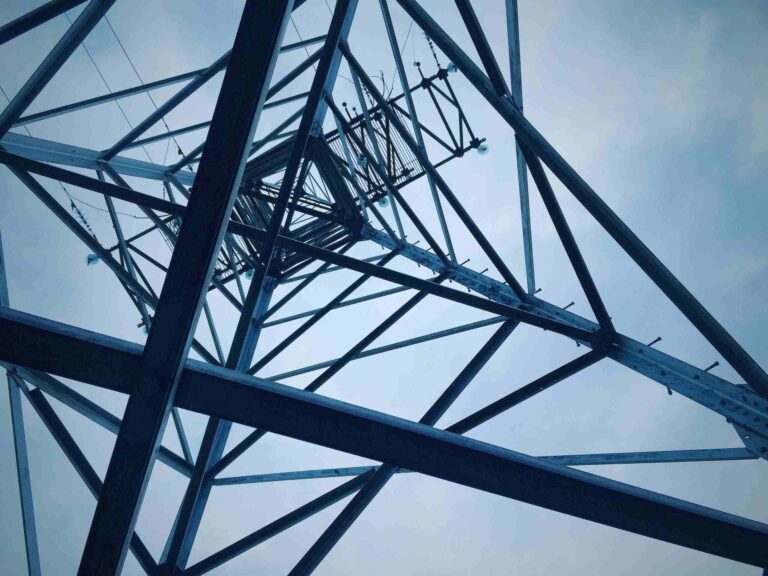Before we look in detail at the features of smart grids, let’s take a brief look at the genesis of electricity grids. Electricity grids historically arose to collect large amounts of energy from generating plants and distribute it uninterruptedly to a large number of customer-consumers.
In essence, a power plant consists of centralized control, unidirectional power flows and passive networks. But the classical view of the power grid is in the process of being overtaken. Next-generation power grids are not just for unidirectionally distributing power generated by large power plants.
Table of Contents
What is a smart grid and what are its characteristics
Not just more lines, switches, and transformers, but also electronics, information technology, and communication.
One of the main drivers driving this evolution are the efficiency and sustainability goals of the world’s energy systems. Think about the fact that by 2050, 90 percent of the energy that powers global economies must be produced from renewable sources.
This macro-target is then declined at the national level. It should be remembered that the energetic targets for 2030 are already challenging. And those for 2020 have only been partially met at the European Union level.
With the expansion of distributed generation from renewable sources, including in the domestic sphere, space must therefore be made for an additional generation network. That must integrate well with the traditional one.
The energy distributor is therefore facing a transformation of its network. Which must be able to handle both the power flows produced by large traditional power plants and the medium and small power flows produced by renewable sources. Namely photovoltaic, wind, thermal, hydro, wave energy from the sea, etc.
Why a smart grid is said to be “smart”
Therefore, the power grid is no longer just a channel for transmitting and distributing electricity from large power plants to end customers. But a “smart” grid. It is a grid that can make producers and consumers interact, determine consumption demands in advance, and flexibly adapt electricity production and consumption.
A network that consists of many small interconnected networks that can communicate. These networks exchange information about energy flows and manage peak demand more efficiently. Thus avoiding power outages and reducing load where necessary.
When the cost of energy becomes lower, for example, a smart grid can decide to activate industrial processes or home appliances. Or, any surplus energy from certain zones can be redistributed from the grid where there is a need, dynamically and in real time, thanks to management software.
Efficiency is the key word that best describes these grids.
How a Smart Grid connects different producers and consumers of electricity
The mechanisms that govern a Smart Grid, in short, are similar to those on which the Internet is based. Here all users are interconnected with each other, receiving and sending information, outside the traditional one-to-many distribution scheme.
In summary, the power grid of the future will need to ensure:
- the supply of electricity;
- access to renewable sources of generation;
- lower costs and lower greenhouse gas emissions;
- considerable flexibility, to meet new consumer needs.
Many governments, therefore, are pushing for the construction of smart distribution and management systems. This is directed toward energy independence and the fight against global warming.
In any case, there are already those who consider smart grids crucial to triggering the third industrial revolution, the energy revolution. A revolution that will see the now inescapable abandonment of oil and other hydrocarbons as the main sources of energy. In favor, instead, of renewables.
Read also: Energy communities, the antidote to high living costs and a model for sustainability












